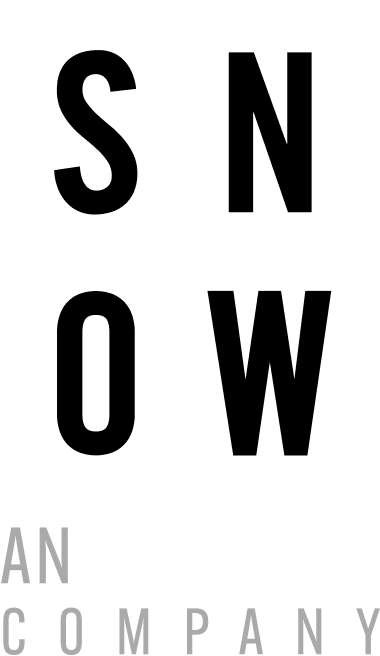Don’t you just love acronyms? CTR, SEO, BRB, CTA, SPC, LOL, DLA, ROI, KPI, PPC…there’s a billion more and a couple of those weren’t even marketing related and hell some of them were just straight up made up. It’s hard to tell sometimes and you no doubt feel a twinge of pressure like you’re expected to remember them all and toss that jargon around.
We get it.
That said, all these shorthand acronyms (aside from the made up ones) mean something and can truly help your business’s bottom line. NBD.
To that end, let’s talk PPC. What is PPC advertising?
Pay-Per-Click Advertising.
PPC Advertising Explained
On the most straightforward of levels, pay-per-click advertising is quite literally exactly what it sounds like; it’s a model where you’re paying each time that someone clicks on one of your ads. If you’ve ever seen an ad online (if you haven’t, call us, because that is wild) you already have a basic understanding of PPC advertising. At least from the viewer’s side.
Seeing as how Google is the most popular and largest search engine on earth, Google Ads is the most widely used platform for PPC advertising. Whenever you do a Google search for any type of product or service, have noticed those ads come up on top of the organic search?
Those are paid search, pay-per-click ads put there by the company or their marketing agency. The same goes for Microsoft’s search engine Bing (yes, it still exists). As far as how they’re displayed, you have the aforementioned search ads, plus; shopping, video, display and Gmail ads, among others. A version of PPC even exists on social media, for example, but that’s for another day.
Before getting into how an ad gets placed, let’s establish why you would want to use PPC as a tool in the first place.
That reason…it drives traffic. When done correctly and executed according to a proper plan, the goal of pay-per-click advertising is to inspire action AKA a click and drive traffic to wherever you want to send it. Maybe it’s a landing page, a storefront, your website, whatever. The goal is to create a compelling ad that captures attention enough that someone would want to click through to see what’s on the other side. And, of course, on the other side of that click you need to have your ducks in a row too.
The last thing you want is to be paying for people to click through, actually earn the click, only to have them sent to a confusing site, lacking in direction and unclear as to what they should do next. That’s its own problem and part of the process of creating an effective PPC strategy is making sure that that’s part of the planning and execution.
Back to PPC ad placement though because while it may seem like magic, there is an actual procedure playing out behind the curtain.
Anyone interested in having an ad appear on a search engine results page (SERP) participates in an automated ad auction based on the keywords that they want to have trigger their ads. It’s best to get it straight from the horse’s mouth, Google describes their auction like this:
- When someone searches, the Google Ads system finds all ads whose keywords match that search.
- From those ads, the system ignores any that aren’t eligible, like ads that target a different country or are disapproved based on a policy violation.
- Of the remaining ads, only those with a sufficiently high Ad Rank may show. Ad Rank is a combination of your bid, ad quality, the Ad Rank thresholds, the context of the person’s search, and the expected impact of extensions and other ad formats.
How The Snow Agency Can Help Your Business Today
Pay-per-click advertising can be a game-changer for your traffic and your profits when done right. At The Snow Agency, we’ve been in the PPC game for years now and can help you not only create the ads in terms of copy and design but also the strategy behind them and, crucially, what happens after the click. Reach out to us today to learn more.
